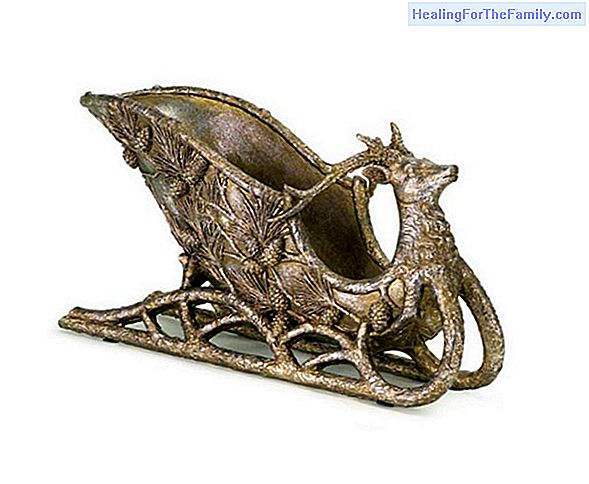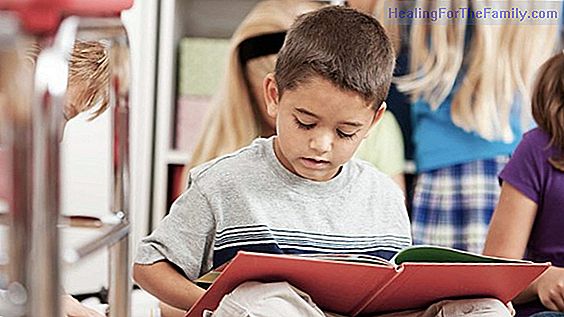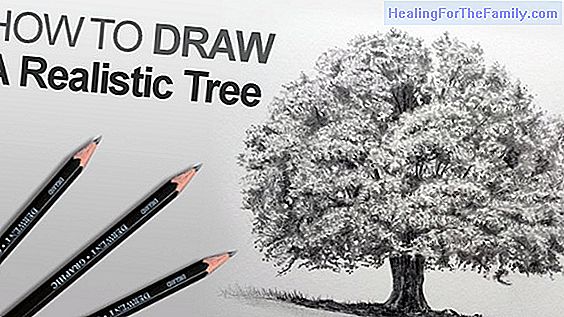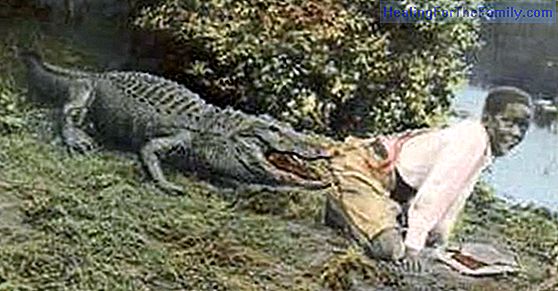Place the baby's chair well in the car
Who does not put the belt on entering the car with which it is falling? Even now the cars warn you with an insistent and annoying sound when you have not put it on or it is badly placed. But what about the children and their safety seats? There are no devices or sneaks for when the child undoes or t
Who does not put the belt on entering the car with which it is falling? Even now the cars warn you with an insistent and annoying sound when you have not put it on or it is badly placed. But what about the children and their safety seats? There are no devices or sneaks for when the child undoes or the chair is misplaced.
This negligent attitude poses a danger of maximum proportions for the life of the child, since a study prepared by an insurer reveals that 7 out of 10 child safety seats are badly placed in vehicles, which multiplies by 4 the risk of death child in case of traffic accident.
The rush, leaving the child seat safety harness loose, the ISOFIX system fixed incorrectly or the seat with the seat belt of the vehicle improperly anchored are some of the main mistakes that parents make when using the seat badly. little chair Misusing child restraint systems is a determining cause in infant mortality on the road, as it not only increases the risk of the child dying, but in 4 out of 5 cases in which it survives, it can suffer injuries and very serious consequences. serious.
How should the children's safety seat be placed?

Group 0, up to 13 kg.They must always be positioned in the opposite direction to the gear, in the passenger seat (with the airbag disconnected) and, failing that, in the rear seats. In the car seat, the baby is secured by a safety harness with 3 or 5 anchor points.
- Good use. Offers a very good hold. It wraps the body of the baby and avoids the contact of the child's head with other elements of the car and of the child seat with the dashboard or seat.
- Misuse.When the stroller is badly secured with the seat belt of the front seat, in the event of a crash, it will rotate violently and may end up overturned on the seat. The baby runs the risk of hitting an internal element of the vehicle, such as the gear lever or the driver himself. And if the airbag of the front seat is not deactivated, the load on the baby's head, which can reach a weight of 120 kilos, is doubled, and it can also suffer serious injuries to the neck and head, between a 20 and 50 percent more.
Group 1, from 9 to 18 kg.They must be in the direction of travel and, if possible, in the middle rear seats.
- Good use. Two systems can be used: ISOFIX and Universal . The ISOFIX clamping system is based on three anchoring points: two rigid attachment points (attached to the car body between the backrest and the vehicle seat, which hold the chair at both ends of the base), and a third point anti-rotation anchor. It offers good retention if installed properly. The Universal system uses the car's seat belt as the main anchor to the vehicle and, according to experts, is more exposed to misuse. In this restraint system, the seat belt should always be placed on the seats marked in red on the seat.- Misuse.
If the chair is not fastened with the ISOFIX upper strap, in a frontal blow at 50 km / h, children will suffer severe injuries to the head, neck and chest (fractures of the skull, cervical vertebrae and ribs). This situation worsens considerably if the lower anchors are not fastened, as the chair can be fired, which is likely to injure other occupants of the car. The risk of the child suffering head injuries increases by 50 percent.If the car seat belt is not held securely, the child's seat is at risk of moving, which increases the chances of the head of the child hitting the front seat and the child suffering different head and chest injuries. In case of an accident, if the safety harnesses of the car seat are left loose, the child will only be retained by the pelvic area, with which his torso and head can hit violently against the backrest and the headrest of the front seat first and his own support later, far exceeding established injury limits.
Group 2-3, from 15 to 36 kg.
The booster lift raises the child on the seat so that he can use the adult's safety belt, which must be passed through the red guides located under the armrests.- Good use.
Most manufacturers recommend placing it in the rear seats, however, the best protection is obtained when the child is traveling with the booster cushion in the front passenger seat and the belt has pretensioner, even if the airbag is activated. - Misuse.
Pass the arm over the safety belt and circulate with the belt placed over the lifter's horns is very dangerous because in addition to injuries to the head, neck and chest, the child may suffer abdominal penetration of the seat belt . If you travel without the lifter, the inertial forces to which the child's neck is subjected not only multiply by 2, but it is very likely that serious injuries to the cervical vertebrae will occur.Marisol Nuevo.
Editor of Guiainfantil.com












